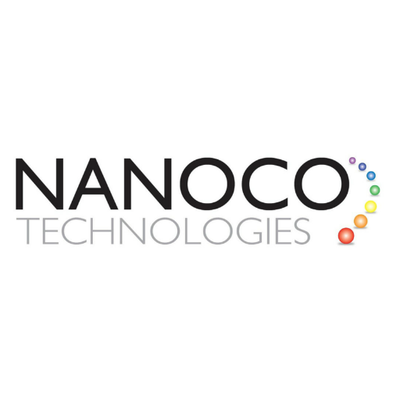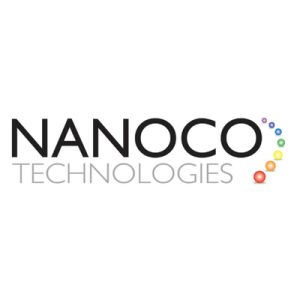Quantum dots (QDs) are semiconductor nanoparticles, exceptionally small in size, typically measuring between 2 and 10 nanometres, even smaller than a virus. Their minuscule dimensions allow for unique optical and electronic behaviours, giving them distinct properties not found in bulk materials. This tiny structure leads to quantum mechanical effects due to electron confinement, making it possible to finely control the colour of light they emit. Acting much like adjustable mini light sources, QDs can be tuned to emit specific wavelengths by altering their size, creating vast potential across a range of fields, from display technology to medical imaging.
These nanoparticles are often composed of materials like cadmium selenide (CdSe), cadmium sulphide (CdS), or indium phosphide (InP), chosen for their light absorption and emission qualities, which are essential to QDs’ functions. The key to QDs’ distinctive behaviour lies in the quantum confinement effect, where electrons can only occupy certain discrete energy levels as the dot size decreases. When electrons move between these levels, light is emitted in a specific wavelength related to the energy difference, which can be fine-tuned by controlling QD size. This characteristic enables the creation of pure, vibrant colours that outperform traditional dyes or pigments.
Quantum dots’ properties have enabled advancements in several industries. In display technology, they bring enhanced colour saturation, wider viewing angles, and greater energy efficiency, contributing to stunning visuals in screens that display highly vivid colours. In lighting, QD-based LEDs surpass conventional LEDs with better colour rendering, delivering a more natural illumination while using energy efficiently. In medicine, QDs’ long-lasting fluorescence makes them suitable for biological imaging, as researchers can use them to track cellular functions, visualise proteins, and detect cancer cells with precision. Furthermore, their potential use in solar cells is being investigated to improve light absorption and energy conversion.
Producing QDs requires meticulous chemical processes, where parameters like temperature, pressure, and concentration must be tightly controlled. Common synthesis methods include colloidal synthesis, organometallic synthesis, and epitaxial growth. Colloidal synthesis, for example, involves reacting materials in solution, while organometallic synthesis offers precise control but requires specialised equipment. Epitaxial growth, on the other hand, enables the formation of highly ordered QD arrays.
As research on quantum dots advances, scientists are exploring new designs and applications, from optoelectronics and quantum computing to drug delivery, revealing vast potential. These nanoscale particles hold the promise of revolutionary impacts in technology, medicine, and beyond, making them exciting prospects for the future.
Nanoco Group PLC (LON:NANO) leads the world in the research, development and large-scale manufacture of heavy metal-free nanomaterials for use in displays, lighting, vertical farming, solar energy and bio-imaging.


